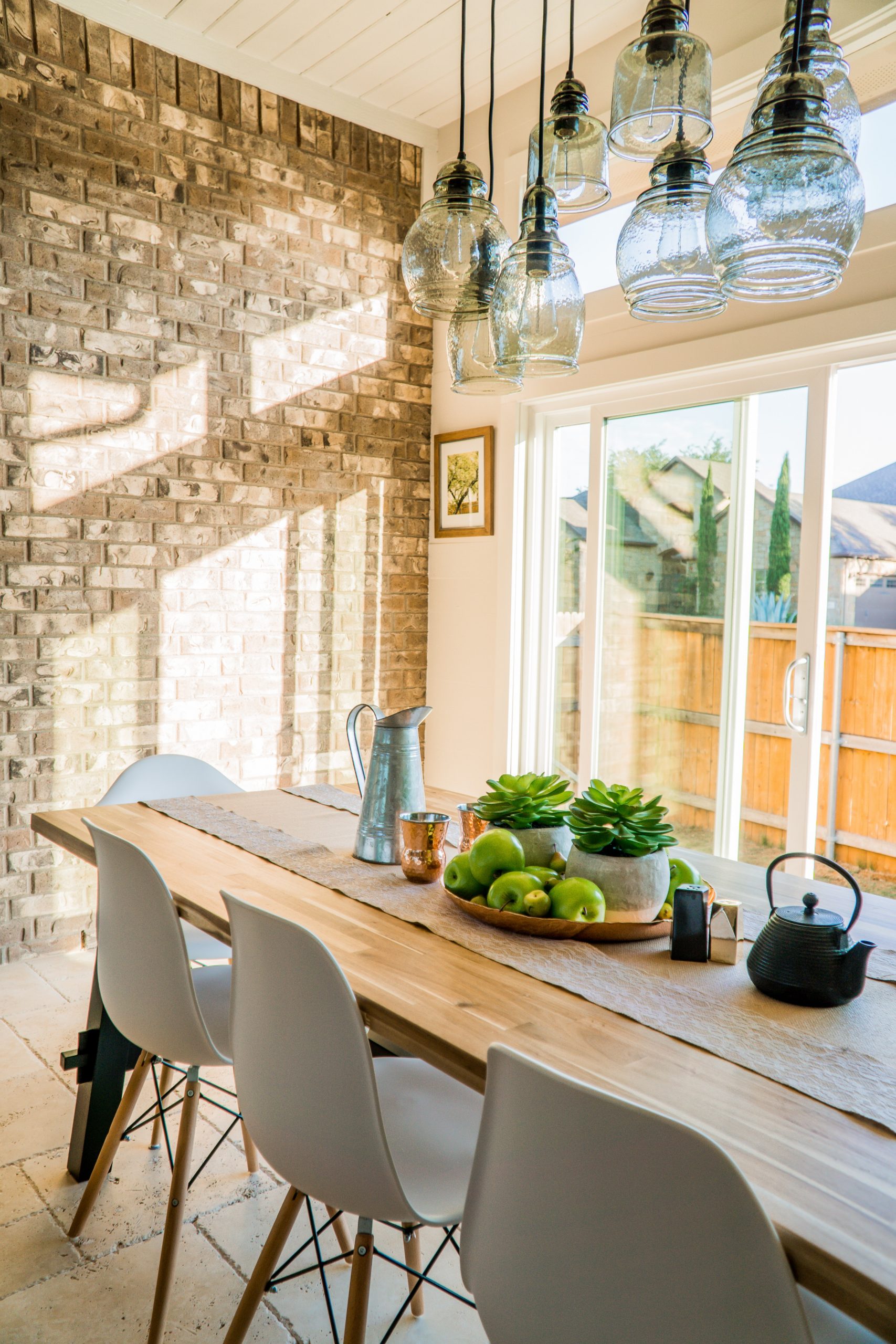
The Basics of Vegan Interior Design
Contrary to popular belief, veganism is not a fad diet, but rather a way of living or philosophy that excludes the use of animal products wherever possible and practical – and it’s something that’s become increasingly popular in recent years.
Indeed, according to the latest research by the Vegan Society, there were approximately 600,000 vegans in Great Britain in 2019 – up from 150,000 in 2014. In other words, vegan numbers have quadrupled in just five years.
The growing popularity of this lifestyle choice is fuelling demand for vegan furniture, fashion and homeware. Designers working to create cruelty-free products say an industry-wide shift is occurring and it’s being driven by customers. Plus, as more and more alternatives to animal products, like leather, fur and wool, become more readily available, there’s a strong chance that vegan design will hit the mainstream.
But while many people are familiar with design concepts that focus on energy efficiency and achieving carbon neutrality, such as Passive House, vegan design principles are less well known.
With that in mind, we’ve compiled this short guide to vegan interior design choices:
1. Vegan leather
Leather is a product that features in many aspects of people’s homes, but it’s definitely not vegan-friendly (for obvious reasons). Fortunately, there are several alternatives that do tick the ‘veganism approved’ box. Pinatex is just one example.
Made from natural pineapple leaf fibres, Pinatex is a great vegan alternative to leather that is both durable and versatile. It can be used for both fashion and upholstery applications, which makes it a solid vegan choice for sofas.
2. Vegan alternatives to wool
For vegans, wool is another no-no. The good news though is that innovations in textile development have led to a number of wool alternatives being created. If you want to have a home that a vegan would approve of, opt for Bamboo Silk, Tencel, Woocoa, hemp, viscose, jute, organic cotton, soybean fibre or Nullarbor fibre over wool.
All of these wool alternatives are warm, comfortable and stylish, but without the cruelty or environmental destruction.
3. Faux not fur
With so many wonderful faux fur options out there, it can be hard to understand why people still insist on having the real deal for their throws, blankets, pillows and upholstery – especially when faux fur products are so readily available.
The problem sometimes though is that faux fur is so realistic nowadays that it can be hard to distinguish from the real thing. These three tests will help you make an informed decision about whether your fur is indeed faux:
- Check the material at the base of the fur. If it’s clearly fabric then you’ve got a faux product.
- Check if the tips of the fur are tapered. If they are, your fur is almost certainly from an animal.
- Burn a small piece of the fur. If it smells like human hair burning, then it’s real fur.
4. Duck-free down
Bedding, throw pillows and furniture filling regularly contain real duck down. It’s a popular choice because it’s light, soft, compressible and warm. But with stories of live-plucking, real duck down is definitely not vegan-friendly.
Some wonderful duck-free down options include organic cotton for pillows and bedding, soy-based filling for seat cushions and down alternatives such as kapok and buckwheat.
5. Animal-friendly paint
Paint is paint, right? Nope! It may come as a surprise to learn that not all paint is cruelty-free. Some paints contain milk-derived ingredients or beeswax, while others – believe it or not – are tested on animals.
Look for a cruelty-free paint that also boasts being eco-friendly with low or zero emissions for a healthier, more vegan-esque home.
Looking for more interior inspiration? Our team is here to help! Contact us today online. Alternatively, call us on 0116 269 6297, visit our showroom or email us at [email protected]
